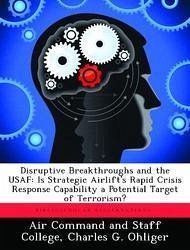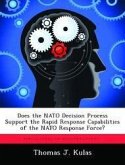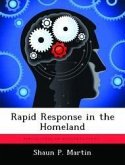While on the ground responding to crises, strategic airlift aircraft are a likely target of terrorism because they represent pervasive US global influence and are relatively vulnerable to attack. Successful attacks will disrupt strategic airlift's global reach, hampering the US military's operational capability during crisis response actions. The media is an enabler of terrorism against strategic airlift because it may predict where the US military will be operating next and provides an opportunity for terrorists to have their message conveyed to the world community. The keys to preventing attacks that will disrupt strategic airlift are awareness of the vulnerability to the threat, increased education on terrorist threats, and expanded use of current tactics, techniques, and procedures. Enhancement of the PHOENIX RAVEN program is the most important element of this solution set. The methodology used to conduct this research consisted of two parts. First, an examination of the relevance of today's terrorism threat to the strategic airlift mission was accomplished. Second, key components of the mission itself were assessed for vulnerabilities to terrorism. Interviews with representatives from Air Mobility Command's (AMC) intelligence, force protection, and operations communities were central to this effort. Further research consideration should be given to other AMC aircraft that may be similarly vulnerable to this threat, to general airfield defense against terrorism, to the terrorist threat to airborne aircraft in similar situations, and to specific weapons RAVEN team members might expect terrorists to use against mobility aircraft in the future.
Bitte wählen Sie Ihr Anliegen aus.
Rechnungen
Retourenschein anfordern
Bestellstatus
Storno








